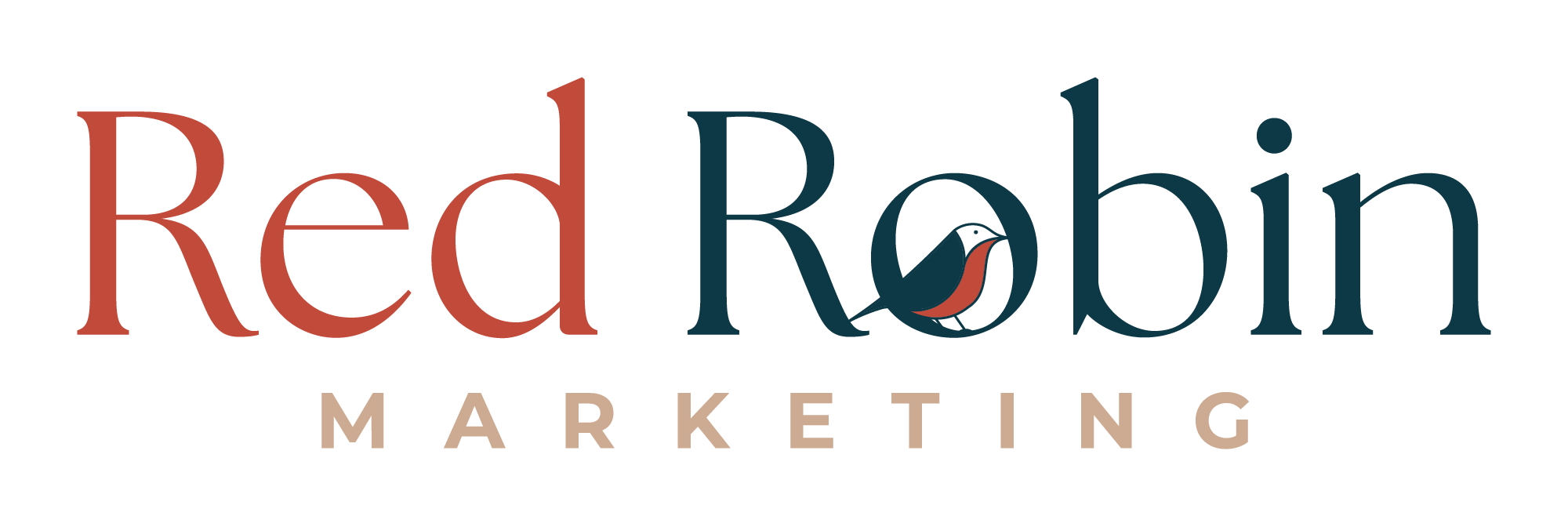When I first stepped out of the corporate world and started supporting small businesses, the words marketing strategy didn’t always sit right.
It sounded a bit rigid. A bit too formal. Like something made for boardrooms — not for businesswomen working from their kitchen table, or juggling client work between school runs.
But here’s what I want to share: marketing strategy doesn’t have to be complicated — and it definitely doesn’t have to feel corporate. But it is an important piece of the puzzle that helps guide your small business with purpose and focus.
At its heart, a strategy is just a plan. A clear, intentional way to show up in front of the right people, in a way that feels sustainable and true to you.
If your marketing has been feeling a bit chaotic — like you’re doing a lot but not sure what’s actually working — this blog is here to help you find your footing again.
Let’s walk through what a marketing strategy really is (and isn’t), and how to build one that fits your business, your energy, and your goals.
What Is a Marketing Strategy (and Why Do You Need One)?
A marketing strategy for a small business is basically your guiding map. It’s what helps you focus your energy on what actually moves the needle, instead of trying to do everything and feeling overwhelmed.
It’s not a one-size-fits-all plan or a fancy PDF you create once and never look at again. It’s a working document — something that grows with your business and helps you stay anchored in your goals.
Without a strategy, it’s easy to find yourself spinning your wheels. You might be:
- Posting randomly on Instagram without a clear message
- Trying every trend without knowing what’s aligned
- Launching offers and hoping people find them
- Wondering why you’re doing all this work but not getting the results you want
With a strategy, you can start making intentional decisions. You’ll know what to focus on, where to show up, and how to share your message in a way that makes sense for your people — and for you.
What Does a Good Strategy Look Like?
A strong marketing strategy for a small business doesn’t need to be overcomplicated. It should be simple, clear — and most importantly — useful.
Here are the key pieces of a practical, doable strategy:
- Your goals – What are you working towards over the next 3–6 months?
- Your audience – Who are you speaking to, and what do they need from you?
- Your message – What do you want to be known for? What themes run through your content?
- Your channels – Where will you show up? (Focus on 1–2 to start with.)
- Your content – What types of content will help you build trust, nurture connection, and encourage action?
Even writing these things down in a notebook can bring clarity. It’s about direction, not perfection.
Start With Your Goals (and Be Honest)
The best place to start is with your goals — but make sure they’re grounded in what you actually want, not what the algorithm says you should want.
Do you want to:
- Get fully booked with your 1:1 offer?
- Grow your email list before launching something new?
- Raise awareness locally?
- Build trust around a new service?
Try to focus on one or two goals at a time. You can always add more as you grow, but keeping things focused will make your messaging clearer and your time better spent.
Who Are You Speaking To?
Once your goal is clear, it’s time to connect with the people you most want to help.
If you try to speak to everyone, you’ll likely connect with no one. Instead, picture one person — someone who’s a dream client — and write like you’re speaking directly to them.
Ask yourself:
- What’s going on in their life that would make them seek support?
- What hesitations or fears might they have about reaching out?
- What would they need to see or hear to trust you?
These insights will shape the way you write your content, talk about your services, and structure your website.
Tip: If you haven’t already, download my FREE Ideal Client Workbook. It walks you through this process step-by-step and helps you define who you’re speaking to and how to speak their language.
Choose the Right Channels
Let’s talk about where you show up.
You do not need to be everywhere. In fact, being everywhere can dilute your energy and your message. What matters more is showing up consistently where it counts.
A few examples of realistic, aligned pairings:
- Instagram + email marketing
- Blog + Website
- LinkedIn + networking
- In-person events + a simple website
Ask yourself:
- Where does my audience already spend time?
- Where do I enjoy creating content?
- What feels sustainable with my current capacity?
You can always build from here, but start with what feels manageable.
Map Out Your Content (and Make It Work Harder)
Content isn’t just about posting for the sake of it. It’s about building trust, showing you understand your audience, and gently guiding them toward working with you.
Here are a few content pillars to help:
- Educational – Teach something or explain a concept (e.g. “3 Ways to Support Your Hormones in the Luteal Phase”)
- Relational – Talk about your values, your story, your mission
- Practical – Tips, tools, answers to common questions
- Sales – Clear explanations of what you offer and how people can book
- Community-focused – Testimonials, real-life stories, behind-the-scenes
Make a list of ideas under each pillar. Then repurpose your ideas – what you write in an email could become a carousel, a blog, or a reel.
Track What’s Working (and What Isn’t)
This step is so often overlooked, but it’s one of the most important.
It’s not enough to plan a strategy. You need to review it. Otherwise, how do you know what’s actually working?
Once a month (or once a quarter at the very least), carve out time to check:
- Your website traffic – What pages are people landing on? Are they sticking around?
- Your email stats – What subject lines get opened? What links are people clicking?
- Your Instagram – What posts are performing well? What gets saves or shares?
- Your enquiries – Where are people saying they found you?
Look for patterns. Celebrate what’s working. And don’t be afraid to stop doing things that aren’t bringing results.
A strategy isn’t set in stone. It’s something you work with, not something that should make you feel boxed in.
Adjust as You Grow
You’re going to evolve — and your strategy can evolve with you.
Maybe you shift from 1:1 to group offers. Maybe your audience changes. Maybe you fall out of love with a particular platform. That’s okay.
Return to your goals and check:
- Does my current content still reflect what I offer?
- Am I speaking to the right people?
- Do I still enjoy the platforms I’m using?
- Do I need to outsource or simplify?
This kind of reflection makes your marketing more powerful and more aligned.
Strategy Is About Sustainability
The goal isn’t to be everywhere or do everything. It’s to show up with consistency and confidence, so your marketing feels like a natural extension of your business — not a separate job.
And the truth is, clarity brings calm. When you know what you’re doing and why, it’s so much easier to get into flow and stop second-guessing yourself.
Let your strategy grow as your confidence and clarity do. You don’t need a 10-page document to start seeing results. You just need a thoughtful plan and the willingness to stick with it.
Want Support?
If your marketing currently feels a bit all over the place — like you’re trying to do lots of things without much clarity — I’d love to help you find a calmer, more focused way forward.
- Book a Power Hour — We’ll look at your business, your offers, and your goals, and I’ll help you shape a marketing strategy that fits.
- Done-For-You Marketing Packages — Full strategies, content plans, and brand messaging support — all tailored to you.





